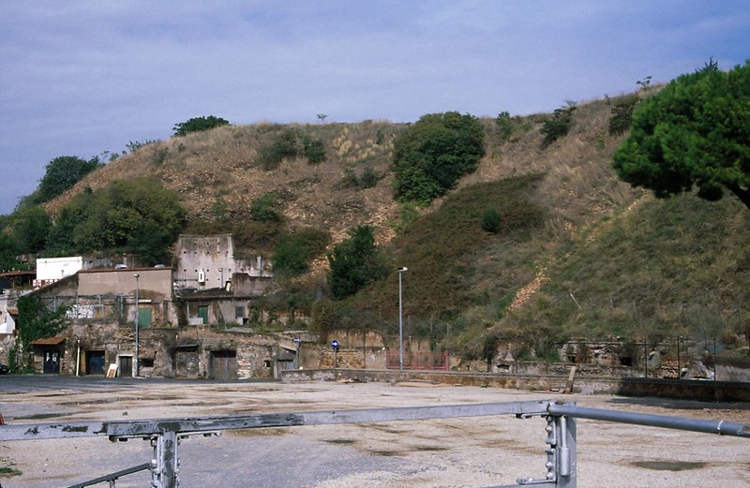
This Man-Made Mound in Rome Consists of Millions of Ancient Amphorae
Monte Testaccio, an artificial mound in Rome composed almost entirely of broken pottery, might be the largest trash heap in the ancient world. At first

Monte Testaccio, an artificial mound in Rome composed almost entirely of broken pottery, might be the largest trash heap in the ancient world. At first
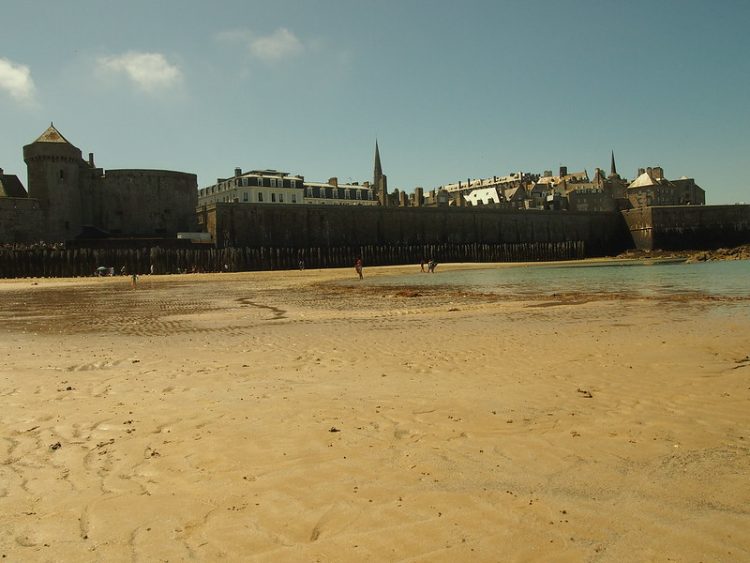
Saint Malo, a historic French port on the English Channel coast, is famous for having the highest tides in Europe, with breakwater defenses barely keeping
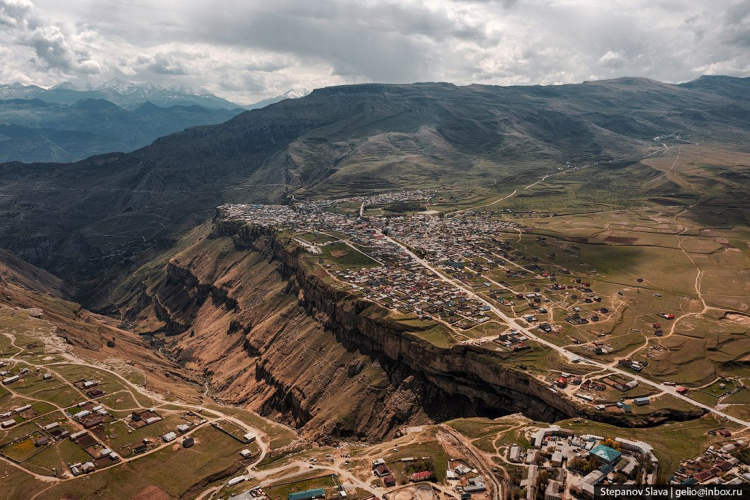
The ancient village of Khunzakh, in Dagestan, is literally perched on the edge of a deep canyon, making it one of the most awe-inspiring human

Slovakian amateur football club TJ Tatran Cierny Balog prides itself on having one of the most unique stadiums in the world, complete with a railway
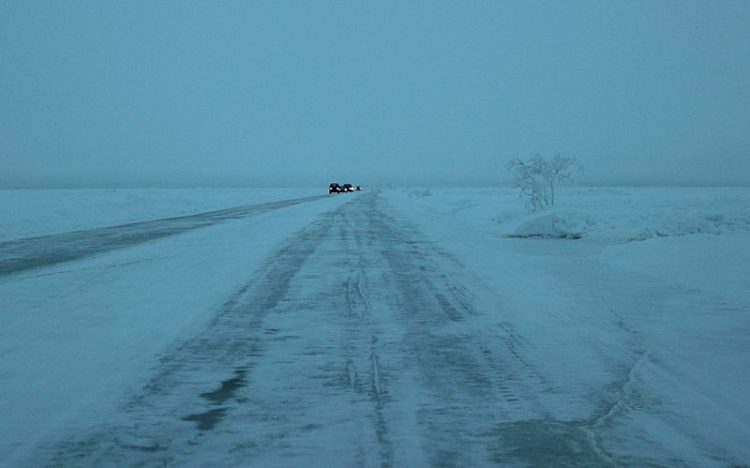
Estonia is home to the longest official ice road in Europe, a 25-km-long stretch of frozen ice along the country’s coast, where it’s illegal to

Chichibugahama Beach is a popular tourist destination in Mitoyo City, Japan which rose to fame thanks to photo-sharing social media platforms like Instagram. If you
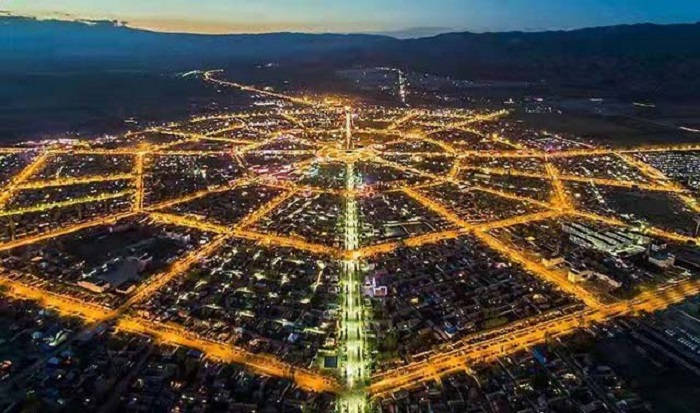
Built according to the “Bagua”, or the Eight Trigrams used in Taoist cosmology, Tekesi County has a unique and eye-catching layout that allegedly renders traffic

The Quwwat-ul-Islam Mosque complex in New Delhi is home to an ancient wonder of metal work – a 1,600-year-old iron pillar that is exceptionally resistant
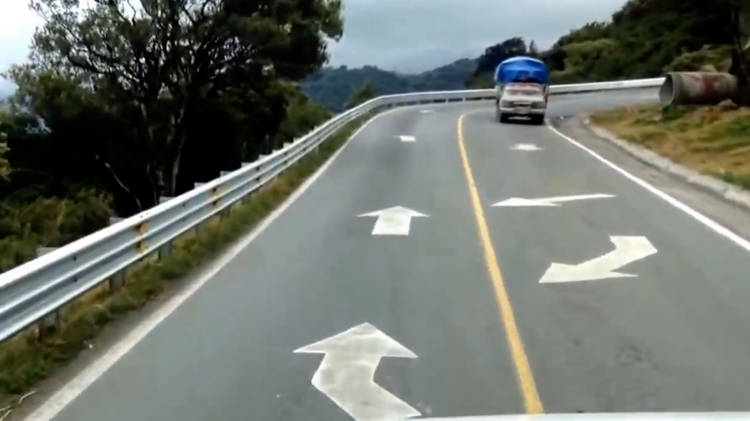
Tackling tight curves on winding mountain roads is complicated enough as it is, but having to randomly drive on the opposite side of the road

Bera, a small town in the Indian state of Rajasthan is famous for being the only place on Earth where humans and leopards live in
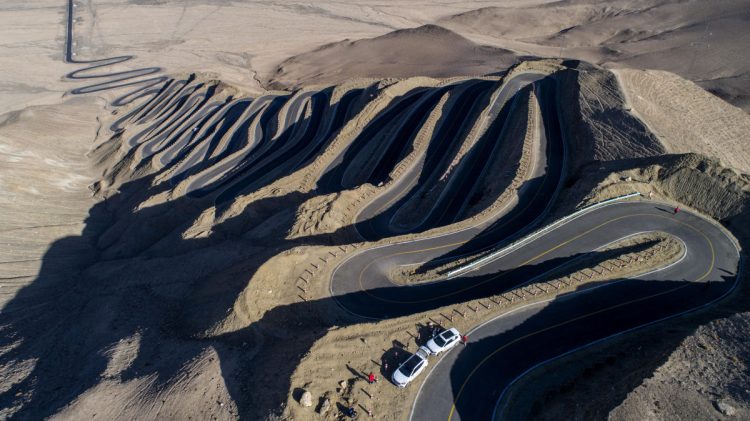
A 75-kilometer stretch of mountain road in northwest China’s Xinjiang Uygur Autonomous Region has been dubbed a car sick person’s worst nightmare for its hundreds
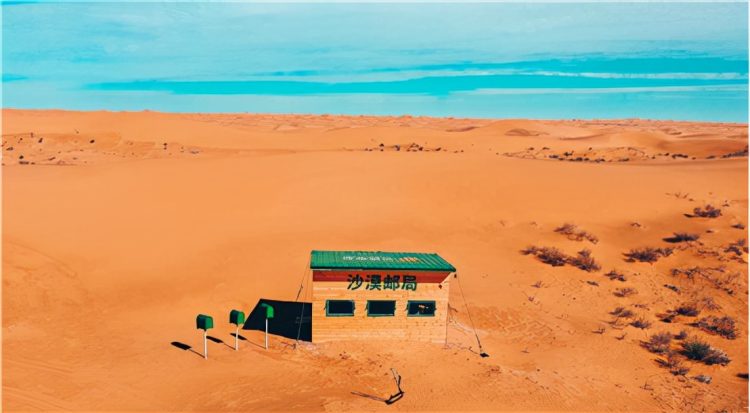
Deep in the Tengger Desert of Inner Mongolia, surrounded by sand dunes as far as the eye can see, lies the world’s loneliest post office,
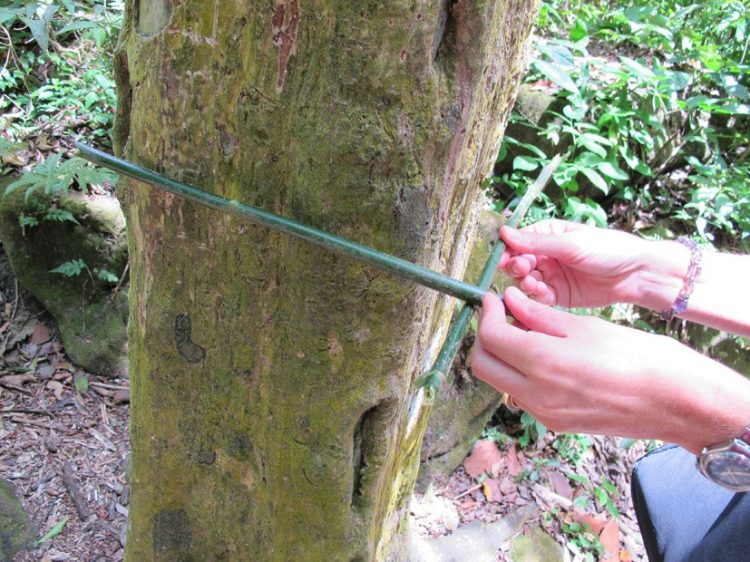
A few miles north of the Panama Canal Zone lies the Valley of Square Trees, a unique tourist attraction where trees of the cottonwood family

New York City is full of unusual plots of land left over from various construction projects, but none as small and emblematic as the Hess

The Manuscript Writing Café in Tokyo, Japan only caters to writers working on tight deadlines, providing the motivation and assistance required to make sure they